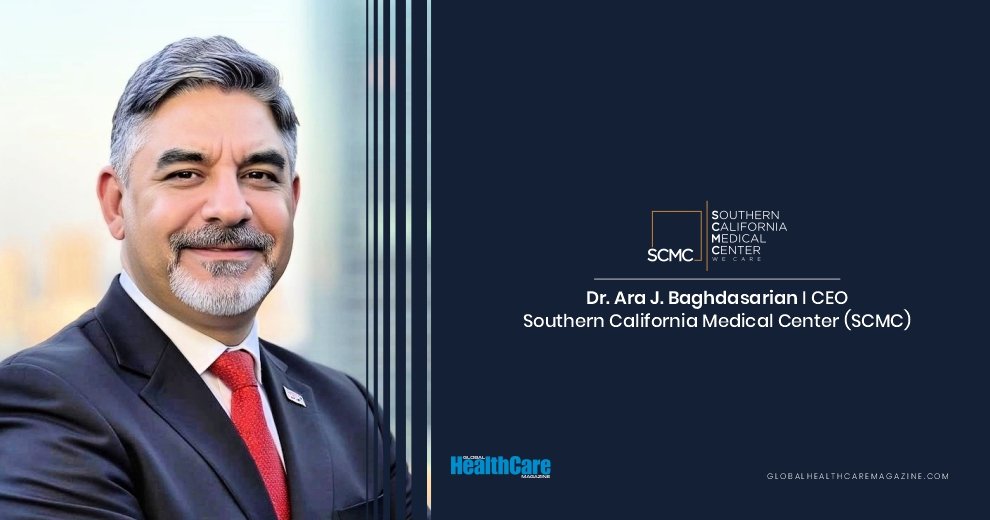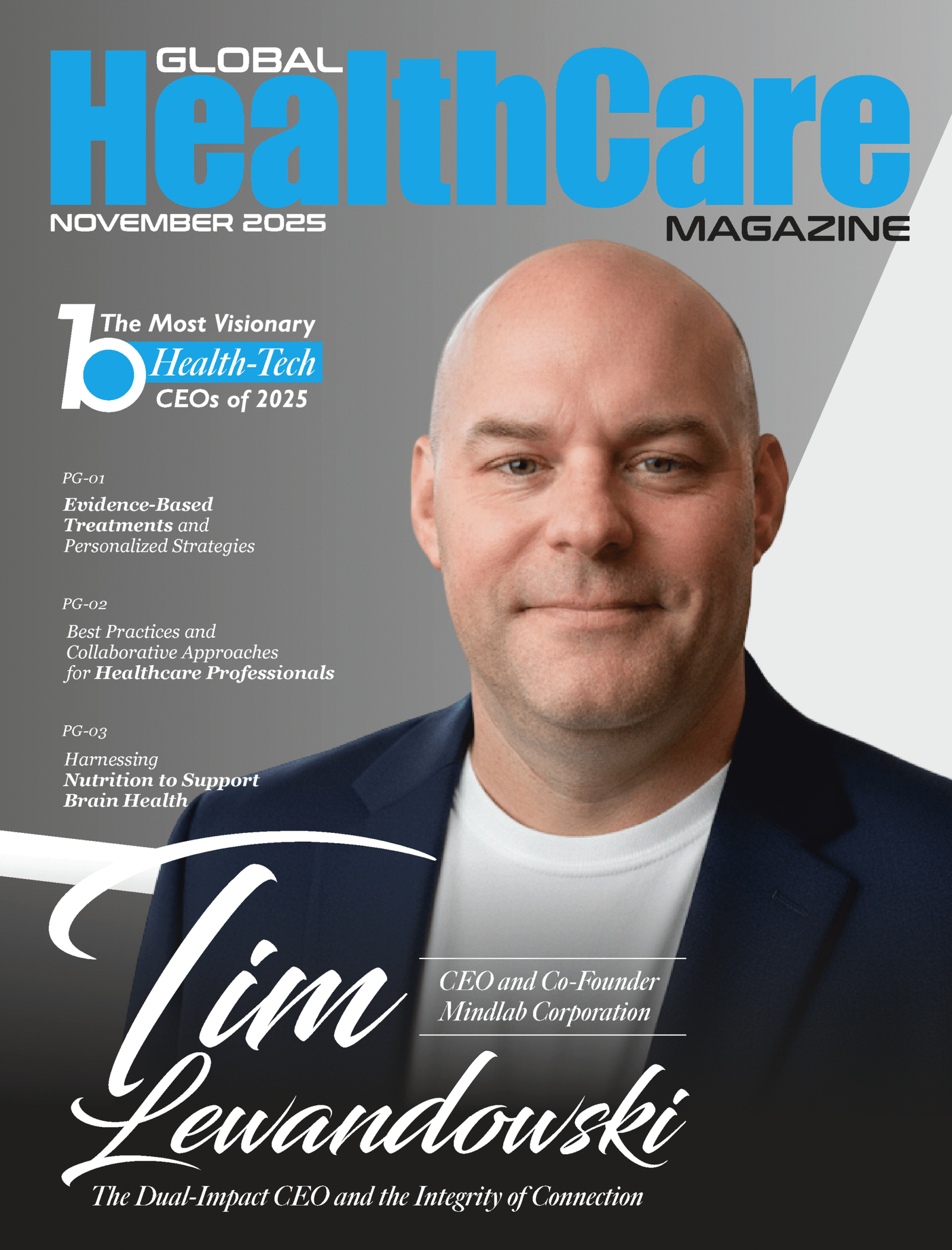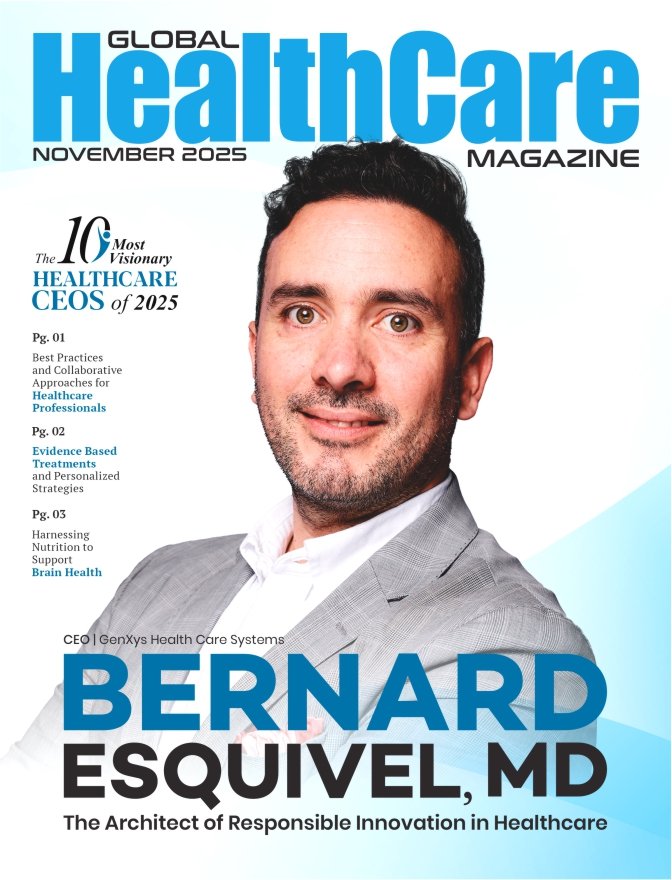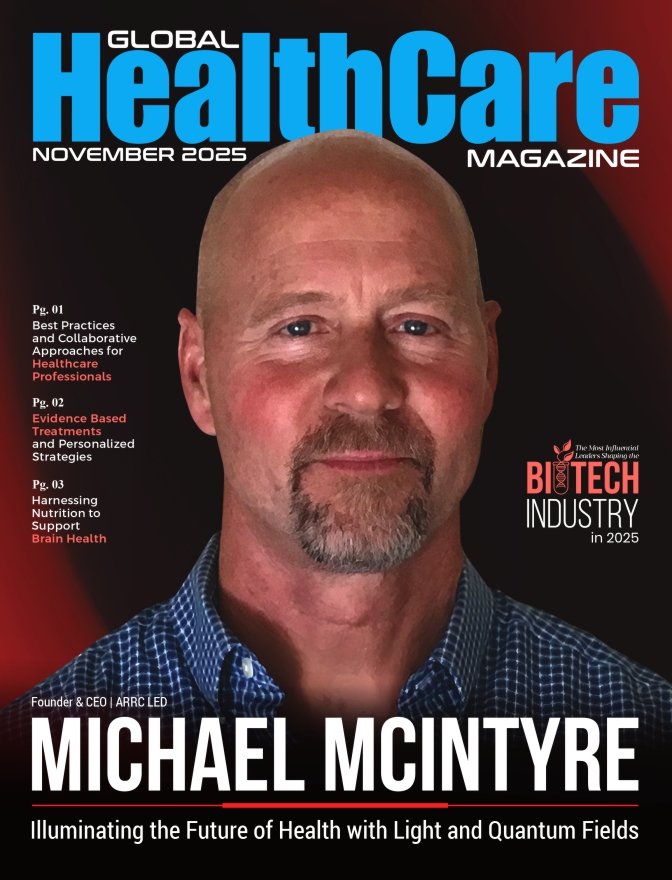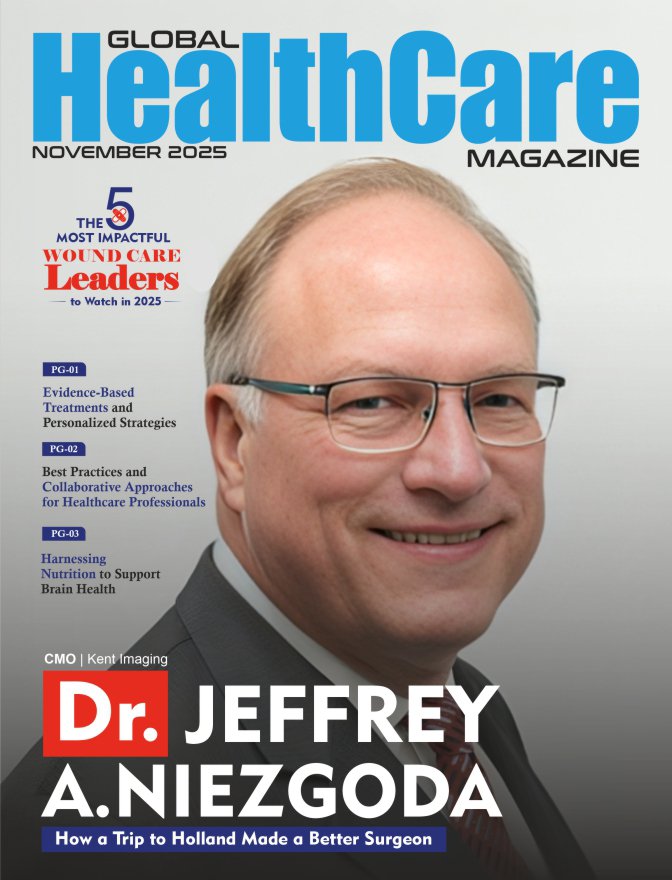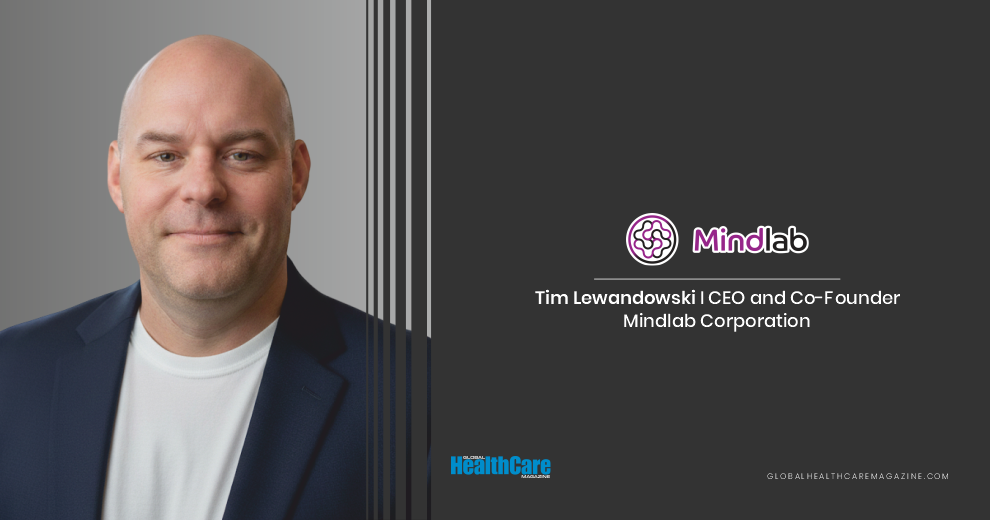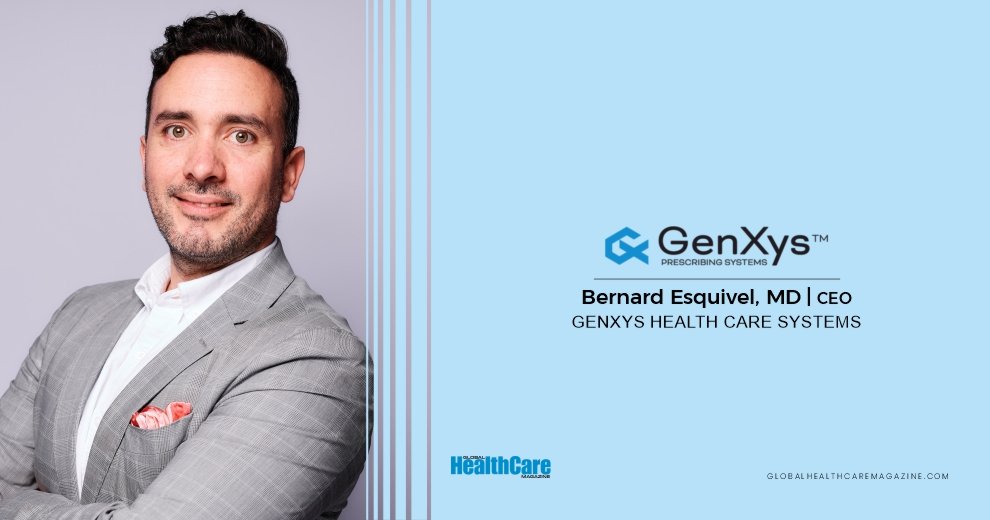In the lexicon of modern healthcare, there is a particular phrase: “unmet needs.” It’s a clean, sterile term, something to be entered into a report or discussed at a strategy meeting. It sounds like an empty shelf at a supermarket. But at a Federally Qualified Health Center (FQHC) in Southern California, an “unmet need” is a diabetic patient who can’t get a ride to his appointment. It’s a mother of three who needs a specialist but is stuck in a referral loop. It is the gap between a person and their survival.
To understand Dr. Ara J. Baghdasarian, the CEO of Southern California Medical Center (SCMC), you must first understand that he sees these gaps with an almost painful clarity. And more importantly, he does not see them as sad inevitabilities. He sees them as failures of process.
To meet Dr. Baghdasarian is to meet a man who is, by training, a medical doctor, but who thinks like a systems engineer. He is a healthcare executive, but he is also a philanthropist who has spent eight years chairing a non-profit in the Democratic Republic of Congo. He is a man who can speak, with equal fluency, about “compassionate care” and “key performance metrics,” because, in his mind, they are exactly the same thing.
He has been featured in Forbes as a thought leader, a man who sees the “evolving and ever-changing healthcare landscape.” But this isn’t some abstract, 30,000-foot view. He sees the landscape from the ground up. He doesn’t just see the pressure, he sees the pain point. And a pain point, he knows, is just a person who is hurting, multiplied by a thousand.
The Language of the Machine
The thing about Dr. Baghdasarian’s resume is that it reads like a repair manual for a vast, complicated, and broken machine. He is a doctor, yes—he earned his MD from Xavier University—but the rest of his education is an MBA and a Master of Health Services Administration (MHSA). He didn’t just want to know how to heal a person; he wanted to know how to build the place that heals the person, how to pay for it, and how to run it so it doesn’t fall apart.
He speaks a language that can sound cold to the uninitiated. He is an expert in “Operations Management,” “Utilization Management,” and “process & quality improvement.” This is the language of efficiency. In a corporate setting, this language is used to maximize profit. In an FQHC, this language is used to maximize life.
At an FQHC, every dollar wasted on an inefficient process is a dollar not spent on a child’s vaccination. Every “failed key performance metric” is a human being who didn’t get the care they are legally and morally entitled to. Dr. Baghdasarian’s obsession with operations is not a business fetish; it is a moral imperative. He is driven by the radical belief that the highest form of compassion is a system that actually works.
A Career in the Gaps
Before SCMC, his career was a study of the places where the system breaks. He ran clinical operations for Optum/DaVita’s Patient Pathways, a company built entirely to manage one of the most dangerous moments in healthcare: the discharge. He was in charge of the handoff, the moment a patient leaves the hospital and is most likely to fall through the cracks. It’s a job about logistics, about phone calls, about ensuring a file is transferred and a prescription is filled. It is a job, fundamentally, about not letting go of the rope.
Then, he was the Vice President of Operations at VetFed, overseeing the Veterans Affairs medical disability evaluation program. If you want to find a place where bureaucracy and human need collide with the force of a train wreck, it is in the VA disability system. It is a world of paperwork, of waiting lists, of rules. To succeed there, you must be a master of process. You must have the “strong analytical and reasoning abilities” his bio boasts, but you must also have the will to see the veteran buried under the mountain of forms.
He chose these jobs. He chose to work in the gaps. He was not just climbing a ladder; he was gathering intelligence. He was learning, piece by piece, how the machine fails.
The View from the Congo
For the last eight years, Dr. Baghdasarian has also been the chair and president of The Ida Lee Project, a non-profit in the Democratic Republic of Congo. This is not a line on a resume; it is the key to the entire man.
In the DRC, the problems are not theoretical. An “unmet need” is a village without clean water. A “process failure” is a supply chain of medicine that breaks down, with fatal consequences. When you are trying to deliver care in East Africa, logistics are not boring. Logistics are everything. Your “negotiation and confrontation skills” are not for a boardroom; they are for a checkpoint. Your “analytics” are for determining how to stretch a shoestring budget to serve a whole community.
This is the lens through to see his work in Southern California. He is running a multi-site FQHC, a place that exists to serve those who have the least. He is applying the ruthless efficiency of a logistician to the empathetic mission of a humanitarian.
When Dr. Baghdasarian talks about “new business opportunities,” he’s not talking about new markets in the traditional sense. He’s talking about finding a new way to fund a street medicine team. He’s talking about a partnership that allows SCMC to offer dental services where none existed. He is a “progressive executive” because he has stopped accepting that “vulnerable” must also mean “unprofitable,” or, worse, “unmanageable.”
He is, in short, trying to build a system so robust, so well-designed, and so operationally sound that it finally, truly, leaves no one behind. He is a doctor who understands that you can’t heal a community one patient at a time. You have to heal the system that is making them sick.
Also Read: The Five Most Influential FQHC Leaders to Watch in 2025

